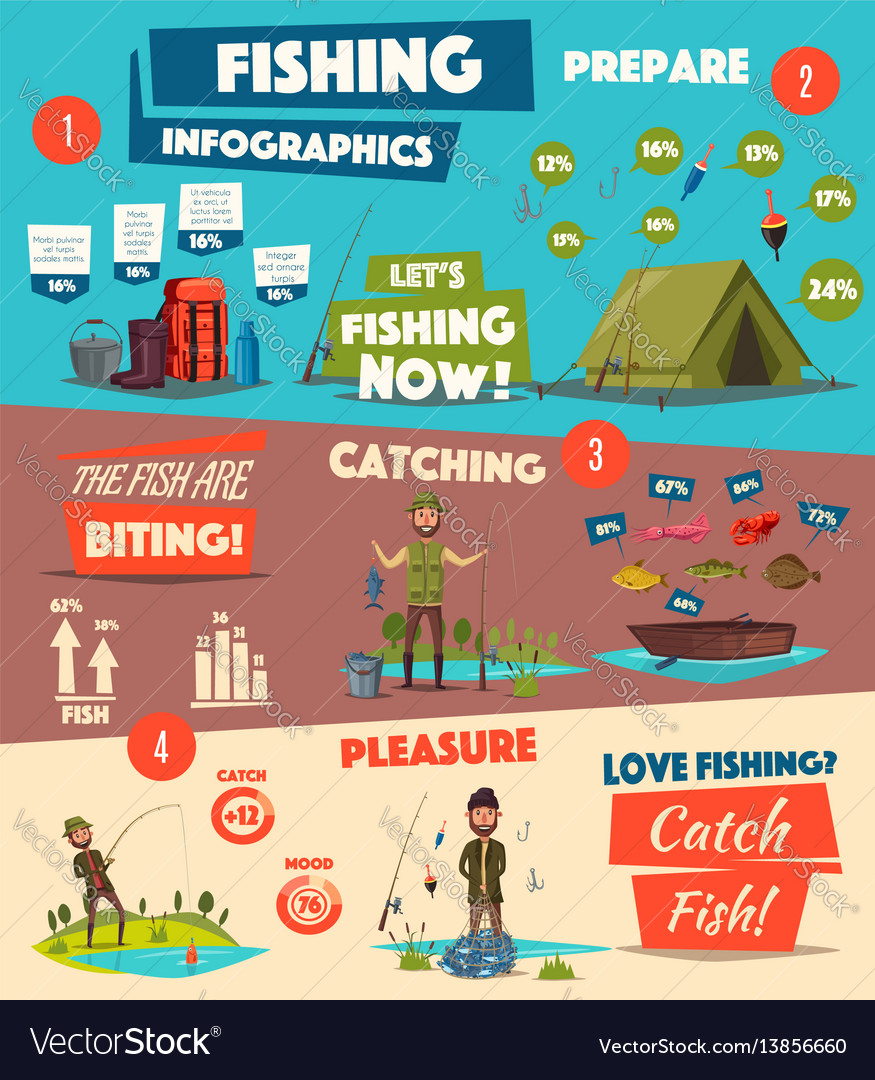The conelike shape of a bell tent makes it one of the most successful sanctuary layouts in background. Recognized by several names, consisting of the Tipi, Pal, Goahti, Lavvu, or Nentsi, these single-pole cotton canvas outdoors tents were made with usefulness in mind.
Why does my tent get wet inside?
Their simpleness and convenience of setting up made them excellent for cultures on the move. This very same capability stood out of entertainment campers, that quickly integrated brief wall surfaces to produce a traditional camping tent style that we now know as the Bell Tent.
Origins
Bell tents are a tried and tested kind of instantaneous holiday accommodation. Their sizable insides and functional style-- they are durable, easy to establish and can hold up against solid winds as a result of their famous bell form-- have made them a prominent choice for camping and glamping.
The modern-day bell outdoor tents traces its origins back to a 19th century armed forces camping tent designed by Henry Sibley. He adjusted the layout of the American Indian tipi to develop his special tent which was then taken on by the army for usage in armed forces camps and expeditions.
The principles of this outdoor tents-- sturdy and difficult canvas offering a home-away-from-home for travellers-- have been improved with time to suit the needs of modern campers. As an example, contemporary glamping camping tents provide amenities such as carpets and beds to boost the convenience of campers. These functions also help to keep the honesty of the original style and safeguard against the components.
Army Usage
In the 19th century, bell tents were first used as army area shelters. They were a preferred selection since they were durable, roomy, and easy to establish. Today, these camping tents are popular amongst campers and glampers for their elegant and useful layout.
They are likewise widely made use of in armed forces and rescue operations, where quick release is essential. Their simple framework indicates that they can be set up in a brief quantity of time, giving employees more time to focus on the mission handy.
The bell outdoor tents is generally made from a tough and weatherproof canvas, with a centre post that's supported by a series of pegs. Duration prints reveal that these camping tents were shaped more like a cone than a squat framework, and the wall surfaces were little in connection with the height of the center pole. This allowed hunting tent them to hold up against wind and rainfall. They were typically used by the ANZAC soldiers on their expeditions throughout Europe and Gallipoli.
Glamping
Glamping is a contemporary outdoor pastime that has come to be progressively popular. Individuals from all profession are trying to find a way to take pleasure in the great outdoors comfortably and design. Whether it's a romantic escape or a family members camping journey, a good quality camping tent can make all the difference.
A bell outdoor tents's round shape aids with stability in gusty conditions, while its spacious inside can fit many people. It is likewise easy to set up, calling for only a central post and a conelike canvas roof covering that works out right into a wide base.
The bell outdoor tents was created by Henry Hopkins Sibley, a United States Army soldier that served on the Texas frontier in the 1850s. He took inspiration from tipis he saw, and established a layout that was durable and quickly mobile. His camping tent was patented in 1856.
Contemporary Usage
Today, bell tents are a staple in shop camping websites, festival holiday accommodations, and as elegant outside shelters for wedding events or hideaways. Their trendy, classic designs mix practice with modernity, making them a preferred amongst those searching for one-of-a-kind and comfortable lodgings that are both cosmetically attractive and remarkably easy to set up.
The contemporary bell outdoor tents traces its origins back to standard tents used by nomadic people in Northern Europe, but experienced its heyday around the 19th century when canvas changed animal hides as the primary product. This change, combined with a sensible design that prioritizes clearance, saw the appearance of a popular armed forces area shelter and, in the future, the legendary tent we know as the bell.
In the 1850s, a United States Army soldier named Henry Hopkins Sibley developed the initial modern bell tent. Drawing ideas from the tipis he had actually seen on the Texas frontier, his new tent used a solitary main pole and vents to produce a framework that was both sturdy and easily portable.
Are canvas tents any good?
